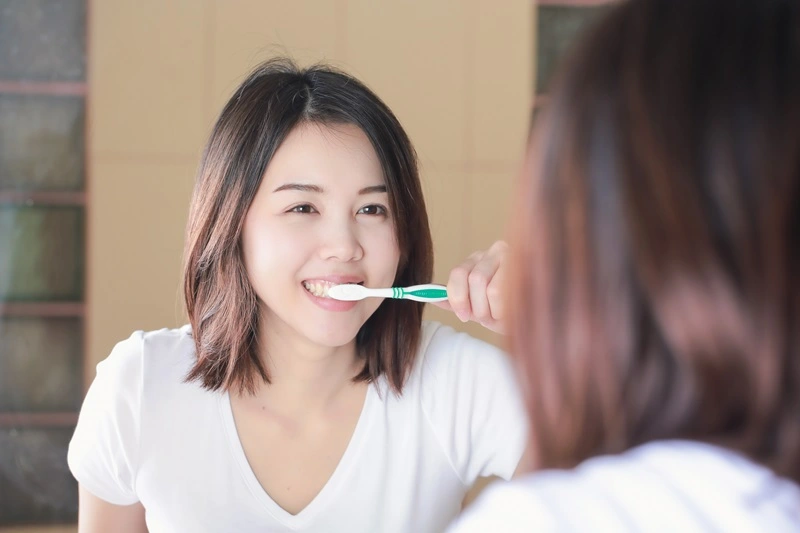|
ALL TRAVEL LIFE CULTURE STYLE TECH Türkçe |
What You Need to Know About Choosing and Using ToothpasteWe have compiled the points you should pay attention to when choosing and using toothpaste.
Our dental health is an important part of our overall health, and toothpaste is the right tool to protect it. However, making the right choice among the wide variety of toothpastes available on the market can sometimes be difficult. Choosing a Toothpaste 1. Ingredient List: Fluoride: Fluoride is a substance known to be effective in preventing tooth decay. It is especially important for children because it strengthens tooth enamel. It is generally recommended that the fluoride content be between 1350-1500 ppm (parts per million). Abrasives: The amount of abrasives is important in order not to damage tooth enamel. Substances such as silica or calcium carbonate are used, but they can damage tooth enamel in very high concentrations. Parabens and SLS (Sodium Lauryl Sulfate): Some people think that these substances can cause irritation. Especially for those with dry mouth or allergies, SLS-free toothpastes may be preferred. Natural Ingredients: Natural toothpastes can be attractive for those who want to avoid chemical ingredients. However, natural toothpastes that do not contain effective ingredients such as fluoride may be inadequate for dental health. 2. Tooth and Gum Condition: Sensitive Teeth: Toothpastes containing potassium nitrate or strontium chloride can be used to reduce sensitivity. Gum Problems: If you have problems such as gum inflammation or bleeding, toothpastes with antibacterial properties may be beneficial. Teeth Whitening: Whitening toothpastes can be effective for mild stains, but excessive use can damage tooth enamel. 3. Diet and Lifestyle: Whitening properties may be important for smokers or those who frequently consume staining beverages such as coffee and tea. Systemic diseases such as diabetes can affect dental health; in this case, fluoride content becomes even more important.  Toothpaste Usage
Toothpaste Usage1. Amount and Frequency: Applying only a pea-sized amount of toothpaste to the bristles of the toothbrush is sufficient. More than this will not provide additional cleaning. Brushing twice a day is recommended, but a short rinse with water after meals also protects dental health. 2. Brushing Technique: Brushing your teeth at a 45-degree angle with small circular movements is the most effective method. This cleans the gum line and between the teeth. Avoid brushing too hard; this can wear down the tooth enamel and gums. 3. Timing: Brushing your teeth immediately after meals can weaken tooth enamel, especially if acidic foods or drinks have been consumed. Wait at least 30 minutes after eating. Sufficient for Safe Use Fluoride: Fluoride content should be sufficient to prevent tooth decay. Proper Brushing: No matter how good the toothpaste is, proper brushing technique and duration (at least 2 minutes) are the cornerstone of dental health. Regular Dentist Visits: Using toothpaste cannot replace professional dental cleanings and checkups. Suitable for Individual Needs: Everyone's dental health needs are different. If you have a special condition, it is important to talk to your dentist and choose the most appropriate toothpaste for you. In conclusion, being conscious about choosing and using toothpaste is one of the most important steps you can take to protect your dental health. Everyone's oral and dental health needs are different, so choosing a toothpaste that suits your personal needs and going to the dentist regularly are key steps for a healthy smile. Source: Grok
|
Tweets by Kayip_Esya |


Lost Something | Found Something | Lost Items List | Unattended Items List Search Lost Item | Blog | Contact |

